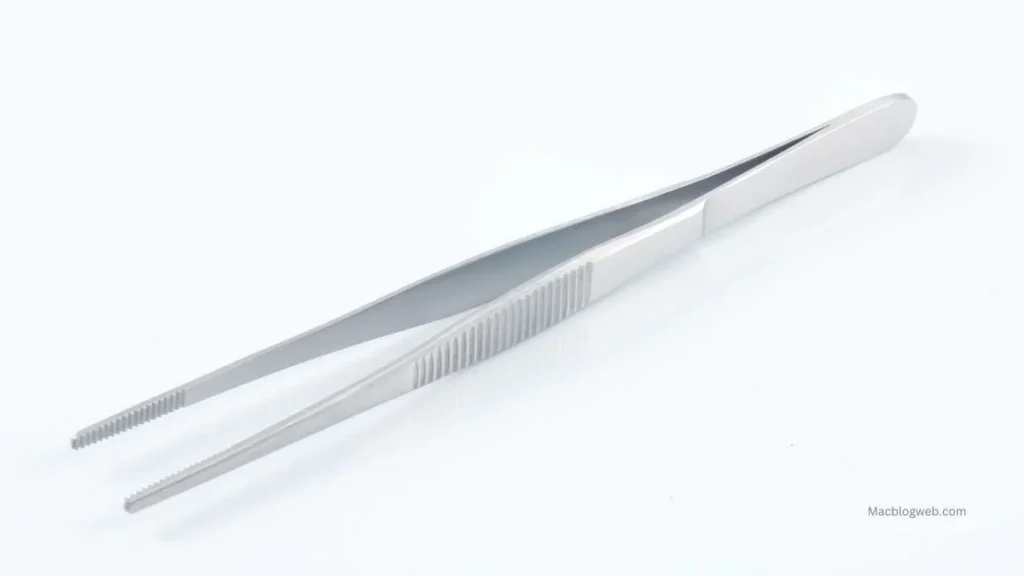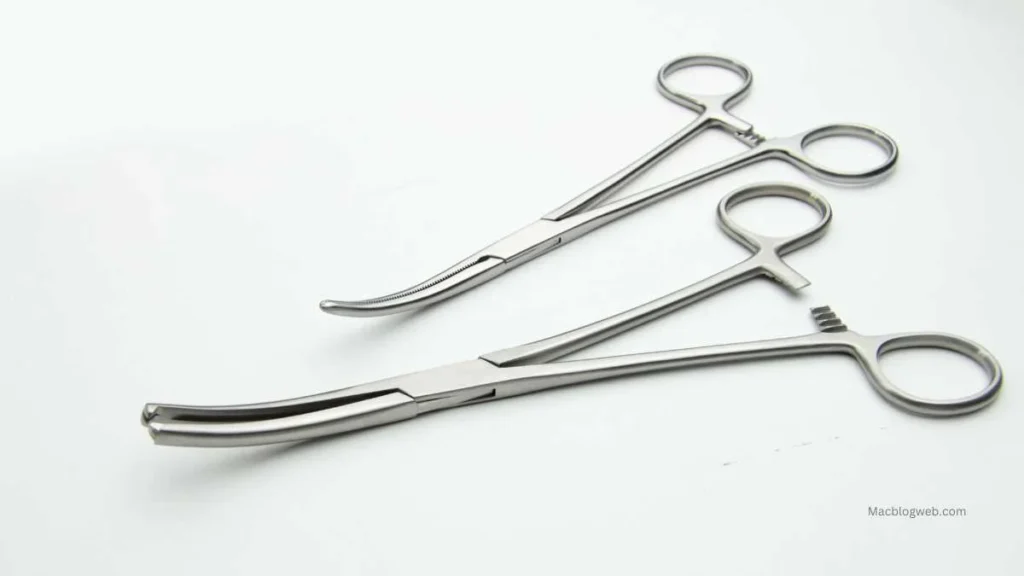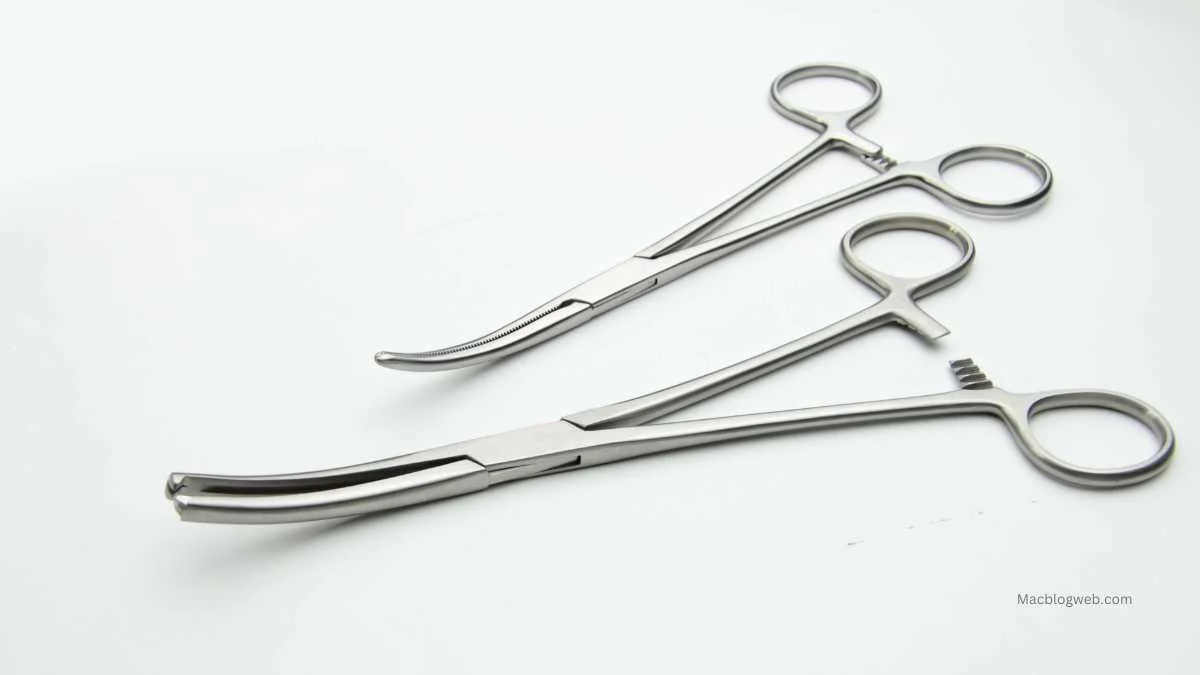Forceps are a crucial instrument in both medical and biological fields, offering precise manipulation and handling of delicate materials and tissues. These tools, which come in various forms and functionalities, have evolved significantly from their historical roots to become indispensable in contemporary practices across numerous specialties. This article delves into the comprehensive world of forcep, discussing their types, uses, and significance in professional settings.
Historical Background
The use of forceps dates back to ancient times, with early versions of the instrument appearing in various medical texts. These initial tools were primarily used in surgical settings, especially in obstetrics, to aid in difficult childbirths. Over the centuries, the design and function of forceps have been extensively refined, evolving to meet the demands of diverse medical procedures and biological research.
Types of Forceps and Their Applications
1. Thumb Forceps
Commonly referred to simply as forceps in surgical contexts, thumb forcep are used for grasping, holding, and manipulating tissues delicately. They are typically held between the thumb and index finger and sometimes involve the middle finger for enhanced stability and control. The design includes a spring tension mechanism that keeps the tips apart until pressure is applied, allowing for precise control over grip strength. These are invaluable in surgeries for suturing and manipulating delicate tissues.

2. Locking Forceps (Clamps)
Locking forceps, such as hemostats and needle holders, feature a locking mechanism that allows them to firmly grasp and hold objects or tissues. Hemostats are specifically designed to occlude blood vessels and prevent bleeding during surgical procedures. Needle holders are tailored for holding a suturing needle, thereby aiding in the suturing process. These forceps usually have finger loops to facilitate easy handling and control.

3. Specialized Forceps
There are numerous specialized forceps designed for specific medical fields:
- Biopsy Forcep: Used to take tissue samples for examination.
- Bone Forcep: Includes various designs like bone-cutting, bone-reduction, and bone-holding forcep, each suited for orthopedic surgeries involving bones.
- Obstetrical Forcep: Used in childbirth to assist in the delivery of a baby by applying traction to the baby’s head.
- Ophthalmic Forcep: Designed for eye surgeries, these forcep are extremely precise and delicate.
- Thoracic Forcep: Used in chest surgeries.
- Ear Forcep and Nasal Forcep: Designed for ENT (ear, nose, and throat) procedures.
Design and Ergonomics
The design of forcep is critical for their functionality. Most forceps are made of high-quality stainless steel, which ensures durability and sterility. The ergonomics of the instrument are also vital. For instance, the finger loops in locking forcep are specifically designed to provide comfort and control during long surgical procedures. The fine tips of various forcep allow for precision in small and confined spaces, which is crucial in surgeries and delicate biological experiments.
Ethical Considerations and Maintenance
The use of forceps, particularly in sensitive procedures like childbirth and surgeries, involves significant ethical considerations. Their design and application must prioritize patient safety and procedural efficacy. Regular maintenance, which includes sterilization and proper storage, is crucial to ensure that forcep remain safe and effective for use in medical settings.
The Future of Forcep in Medicine
As medical technology advances, the design and functionality of forcep continue to evolve. Innovations in material science may lead to lighter, more durable forcep with enhanced ergonomic features. Additionally, the integration of technology, such as electronic sensors, could lead to smart forcep that provide feedback to surgeons, enhancing safety and effectiveness during procedures.
Conclusion
Forceps are more than just tools; they are extensions of the practitioners’ hands in both medical and biological settings. From the delivery room to the surgical theater, and from the laboratory bench to field research, forcep play a pivotal role in a variety of delicate tasks. Understanding the diverse types of forcep, their specific applications, and proper handling techniques is crucial for professionals in these fields to effectively utilize these instruments, ensuring safety, precision, and success in their respective practices.








